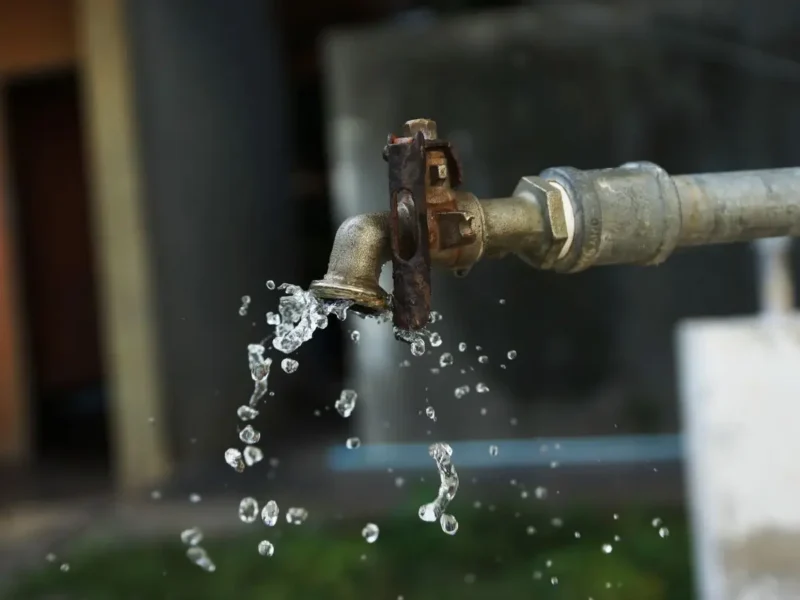Water footprinting tracks water use across supply chains. Discover why it’s crucial for businesses aiming to reduce environmental impact and improve sustainability.
What does water footprinting mean?
Water footprinting measures the amount of water used directly and indirectly by a producer or consumer. It is carried out by looking at the water used in the production of our consumer goods and services, tracking it back through supply chains and trade.
Water footprinting can provide businesses with an indication of how much water they are using, along with the potential environmental impacts of their usage.
Whereas traditional water consumption measurements like metering focus on abstraction and the end use of water, water footprints can also identify when and where the water was consumed, and even polluted. It focuses on the life cycle of a good or service, and direct or indirect water sources, therefore painting a more comprehensive picture of your environmental impacts.
In 2002, Professor Arjen Hoekstra pioneered the concept of identifying the water footprint of goods and services. (nature.com) Later a “Global Water Footprint Assessment Standard” was developed to lay out an internationally accepted standardised methodology for measuring a water footprint.
What does a water footprint assessment include?
A water footprint assessment includes instruction and guidance on the following:
- How to calculate the green, blue and grey water footprint to understand the allocation of water resources for industry, agriculture, and domestic water supply
- How to conduct a water footprint sustainability assessment
- How to use the results of the water footprint accounting and sustainability assessment to identify and prioritise the most strategic actions to be taken
It can be applied to a business, a product, a person, or even nationally.
You may hear or see the term “virtual water footprint”. A virtual water footprint, also referred to as an embedded water footprint, describes the water used to produce the food we consume and textiles we use. The average household water used for washing and drinking in the UK is about 150 litres a person daily, but we consume about 30 times as much in “virtual water”, used in the production of our imported food and textiles (The Guardian). Together with our everyday direct domestic water usage, this forms our complete water footprint.
Animal products tend to have a larger water footprint when compared to crop products. For example, the water footprint for 1kg of beef is 15,000 litres in comparison to 287 litres for 1kg of potatoes.
What are the types of water footprint?
There are three types of water footprint that we need to be aware of:
- A blue water footprint is the water that has been sourced from groundwater or surface water and is either evaporated, incorporated into a product, or taken from one body of water and returned to another later. This often applies to irrigated agriculture, industry processes, and domestic water use.
- A grey water footprint refers to the amount of freshwater required to absorb pollutants for companies to meet specific water quality standards. This considers the amount of point-source pollution discharged to freshwater resources directly or indirectly and is used as an indication of the freshwater pollution due to a product’s progression through its full supply chain.
- A green water footprint refers to the precipitated water stored in soil that evaporates, transpires or is used by plants. This is often applied to agricultural, horticultural and forestry products.
In next week’s blog we will be discussing why water footprinting is becoming more prevalent in industry, along with the benefits that it has to business.
Do you know what your water footprint is?







